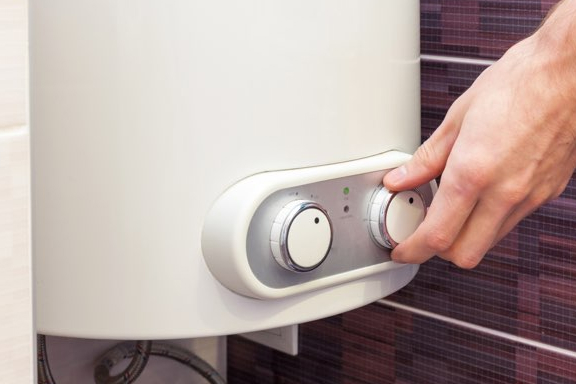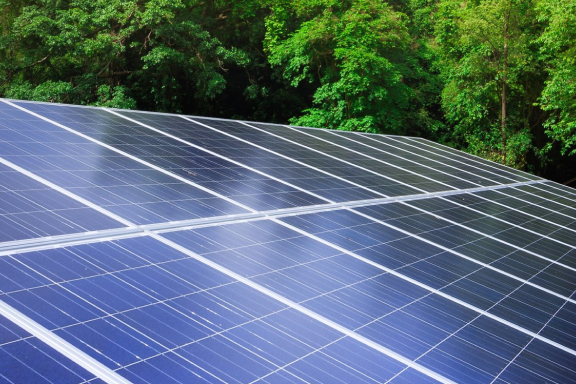23 MAR 2018
We’ve passed the halfway mark of a two-year solar hot water diversion system trial with 85 solar and electric hot water cylinder customers across New Zealand. We started in November 2016, and so far we’ve had positive results, with on average up to 38% of the solar electricity generated able to be used to heat the water cylinder. Meaning customers can store and use more of their own energy.
Why we're running this trial
At Contact, we like to help customers make the most of their solar systems – because we’re always looking for ways to get smarter with energy and help our environment. Working with a small group of trial participants we’re testing the benefits that solar and hot water diversion technology can provide to our customers as well as to the wider electricity system.
How Diversion technology works

Hot water heating typically accounts for around 30% of a home’s energy consumption. The solar system can heat the hot water cylinder during the day but relies on electricity from the grid to keep the cylinder hot at night and early in the morning. The diversion technology works by sending excess solar energy to the hot water cylinder rather than exporting it to the grid, which means heating the water to a higher temperature. The cylinder then remains hotter for longer, reducing the need to continue heating the water in the evening.
In practice this means that the hot water diversion system will work to maintain a minimum hot water cylinder temperature at all times and then boost the temperature by diverting excess solar that would normally be exported to the hot water cylinder element. If the cylinder temperature drops below the set minimum, grid power will be used to heat the cylinder back up.
What we're learning

We remotely monitor and manage the hot water diversion systems via Wi-Fi connection. Every 5 minutes we collect data on imported electricity, exported electricity, solar electricity generated, solar electricity diverted to the hot water cylinder, imported electricity used by the hot water cylinder and hot water cylinder temperature. Findings to date indicate that on average up to 38% of the solar electricity generated may be used to heat the water cylinder instead of importing it from the grid.
Remotely monitoring and managing the hot water diversion system allows us to test the system’s ability to maximise the use of the solar energy generated by storing it for later use rather than exporting it to the grid and support the electricity system at times of high demand. At times of high demand on the electricity network, such as first thing in the morning or in the evening, we may pre-heat or delay heating the cylinder using grid electricity. Ordinarily, this should coincide with the normal operation of the unit since it will primarily heat the cylinder using solar during the day.
If you’re interested in using new diversion technology for your home or business, call your distributed generation installer to discuss your options.
Footnote:
This two year trial began in November 2016 and uses 85 solar and electric hot water cylinder customers in the Auckland, Manawatu, Wellington and Christchurch areas as participants. To participate in the trial customers needed to:
For independent complaint or pricing advice, click here. UDL & Powerswitch can help.
To read our Residential Consumer Care policy on how we'll keep you safe and connected, click here.